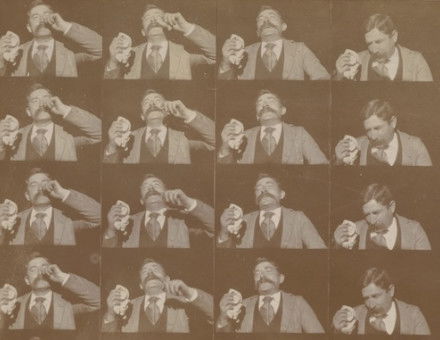Crisis in the Cities: The Collapse of Weimar
Anthony McElligott argues that municipal confrontation and the decline of civic virtue in the 20s and 30s played an important part in letting the Nazis rise to power in Germany.
Usually, historians view the collapse of the Weimar Republic from the perspective of high politics played out in the 'corridors of power' in Berlin. Less well understood is the process of political disintegration that took place at the local level, and less still, the relationship between the two levels, national and local. In what follows, an outline of the fate of local authorities in the 1920s and early 1930s is presented, linking it to that of the Republic at large.
Before the Republic was established in 1918, the principle governing the relationship between local and central authorities and between the social classes had been that of subordination. From 1918 independent local self-government, enshrined in Article 127 of the new Constitution, and founded on the will of all the people (Article 17), established a major departure in two respects. First, it displaced the traditional local elites who had monopolised local affairs, and second, it gave the new local administrations greater autonomy and leeway in the running of their day to day affairs without the interference from central organs.





